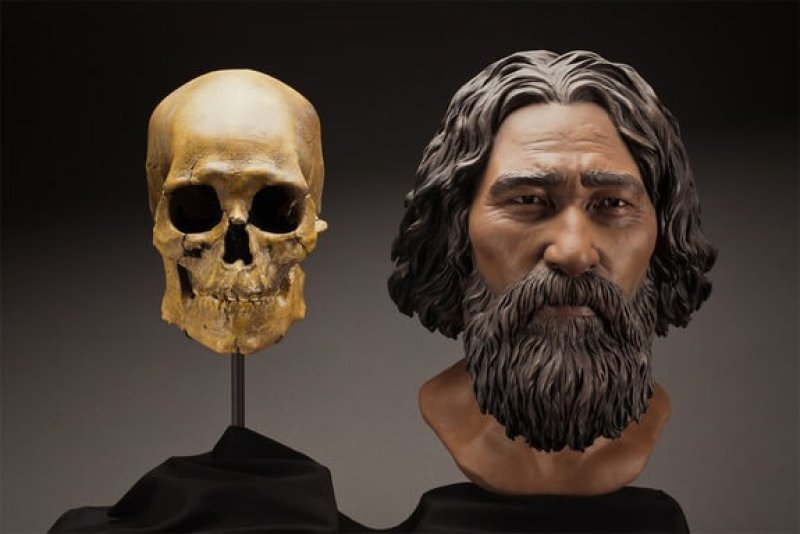In July 1996, two college students were wading in the shallows of the Columbia River near the town of Kennewick, Wash., when they stumbled across a human skull.
At first the police treated the case as a possible murder. But once a nearly complete skeleton emerged from the riverbed and was examined, it became clear that the bones were extremely old — 8,500 years old, it would later turn out.
The skeleton, which came to be known as Kennewick Man or the Ancient One, is one of the oldest and perhaps the most important — and controversial — ever found in North America. Native American tribes said that the bones were the remains of an ancestor and moved to reclaim them in order to provide a ritual burial.
But a group of scientists filed a lawsuit to stop them, arguing that Kennewick Man could not be linked to living Native Americans. Adding to the controversy was the claim from some scientists that Kennewick Man’s skull had unusual “Caucasoid” features. Speculation flew that Kennewick Man was European.
On Thursday, Danish scientists published an analysis of DNA obtained from the skeleton. Kennewick Man’s genome clearly does not belong to a European, the scientists said.
“It’s very clear that Kennewick Man is most closely related to contemporary Native Americans,” said Eske Willerslev, a geneticist at the University of Copenhagen and lead author of the study, which was published in the journal Nature. “In my view, it’s bone-solid.”
The GLP aggregated and excerpted this blog/article to reflect the diversity of news, opinion and analysis. Read full, original post: New DNA Results Show Kennewick Man Was Native American
































